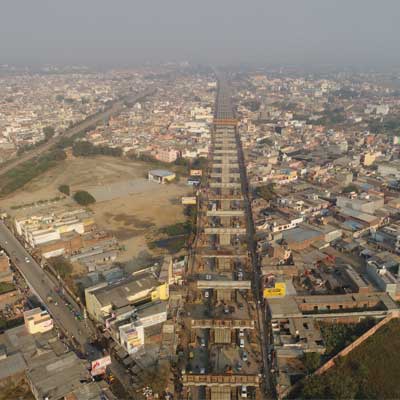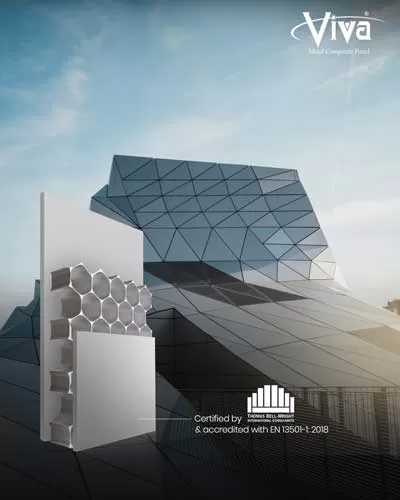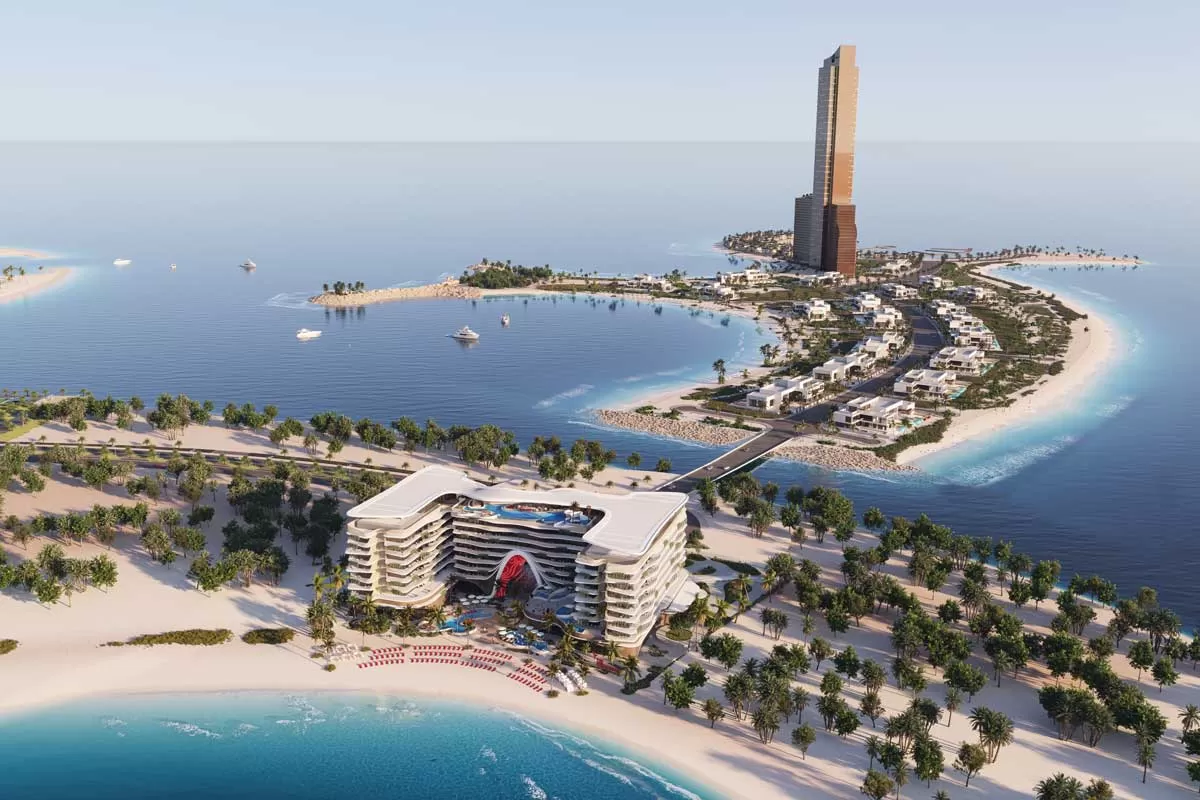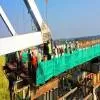Photo: For representational purpose
Over the last few years, the list of profit-making construction companies has been shrinking. Even though initially the top-line shows growth, the profit margins continue to shrink to a point that the company reports a huge loss. Companies such as Hindustan Construction Company, Gammon India, IVRCL, Punj Lloyd, Simplex Infrastructure, Lanco, Era Infra, Marg, Madhucon Projects, Progressive Constructions, and so on, have suffered the same fate eventually. On the brighter side, we have had new companies emerging on the scene, showing rapid growth continuously year-on-year. These have been able to grow from a few hundred crores of top-line to thousand plus crores. As long as the newcomers outnumber the ones that falter, we will have enough to soldier on. But it is also time to rethink the model that drives them to the point where they are delivered a sucker punch.
Back in 2011 and 2012, when our we organised the Infrastructure Today – India Opportunities Conclave in New York and Toronto, respectively, the investors were quite clear; they wanted no construction risk and they wanted to partake in revenue yielding assets in Special Purpose Vehicles (SPVs). This fructified five years later as Brookfield, CPP and others bought into road assets, commercial properties, airport assets and ports, among others. The Indian private sector had begun to contribute over 40 per cent of the infrastructure segment during the period from 2005-2012, primarily because the stock market helped fuel the need for finance. Banks have not served the infrastructure sector well as they were not geared to financing for periods as long as 25 years then. Infrastructure’s primary oxygen is long term finance, and in the absence of this facility, the sector is bound to face suffocation and asphyxia.
The other body blow to this sector has been over assumption of risk. With stock market valuation as a benchmark for raising finance, the going is good while we are on a bull run but once bears growl, the model hits dirt. No wonder then that the valuations of this sector are constantly being re-calibrated. Contracts are awarded only after 80 per cent of land has been acquired and is in possession but then the balance 20 per cent serves as variable that can affect cash flow for the contractor. Project execution delays have been largely due to obstacles caused by delays in environment clearances and land acquisition. These overruns hurt a project so badly, financially, that it is almost impossible to recover. Global engineering firms are listed annually by Engineering News-Record (ENR), a New York based magazine since 1979, and in its Top 250 International Contractors’ list in 2020, L&T – India’s largest engineering and construction company – ranks 27th, while Shapoorji Pallonji Group stands at rank 53, and Tata Projects at 245. Of the 400 Top International Contractors, only 11 international companies worked in India. This is primarily due to: a) a weak project pipeline; b) inadequate scale in projects on offer; c) returns not commensurate with risks; d) difficult tender conditions.
Between 2014-19, the private sector participated in the infrastructure sector to the extent of 29 per cent, with centre and states contributing 30 per cent and 41 per cent, respectively. Going forward, the National Infrastructure Pipeline (NIP) envisages a 22-per-cent contribution from the private sector. At Rs 10 trillion, we are spending half of what we ought to be spending on infrastructure to maintain a pace of 8 per cent GDP. With the COVID-19 pandemic, these targets seem astronomical, and getting the centre and states to contribute is itself a tall ask.
Given the above, prioritising infrastructure spending on sectors which have a high beta or momentum quotient is the need of the hour. Seven bullet train projects under plan, metro-rail extensions and other greenfield metro-rail projects, agri-infrastructure, mining, Zojila tunnel and Atal Rohtang tunnel and such other projects need to be accelerated.
India’s list of fastest growing construction companies is likely to be released shortly and all eyes are on which companies will make the mark. The INDIA CONSTRUCTION FESTIVAL (ICF) scheduled on October 15-16 on a virtual platform will unveil the companies that are challenging the status quo that has sent so many into the ICU.

About the Author:
Pratap Padode is Editor-in-Chief, Construction World & Founder, FIRST Construction Council.


















